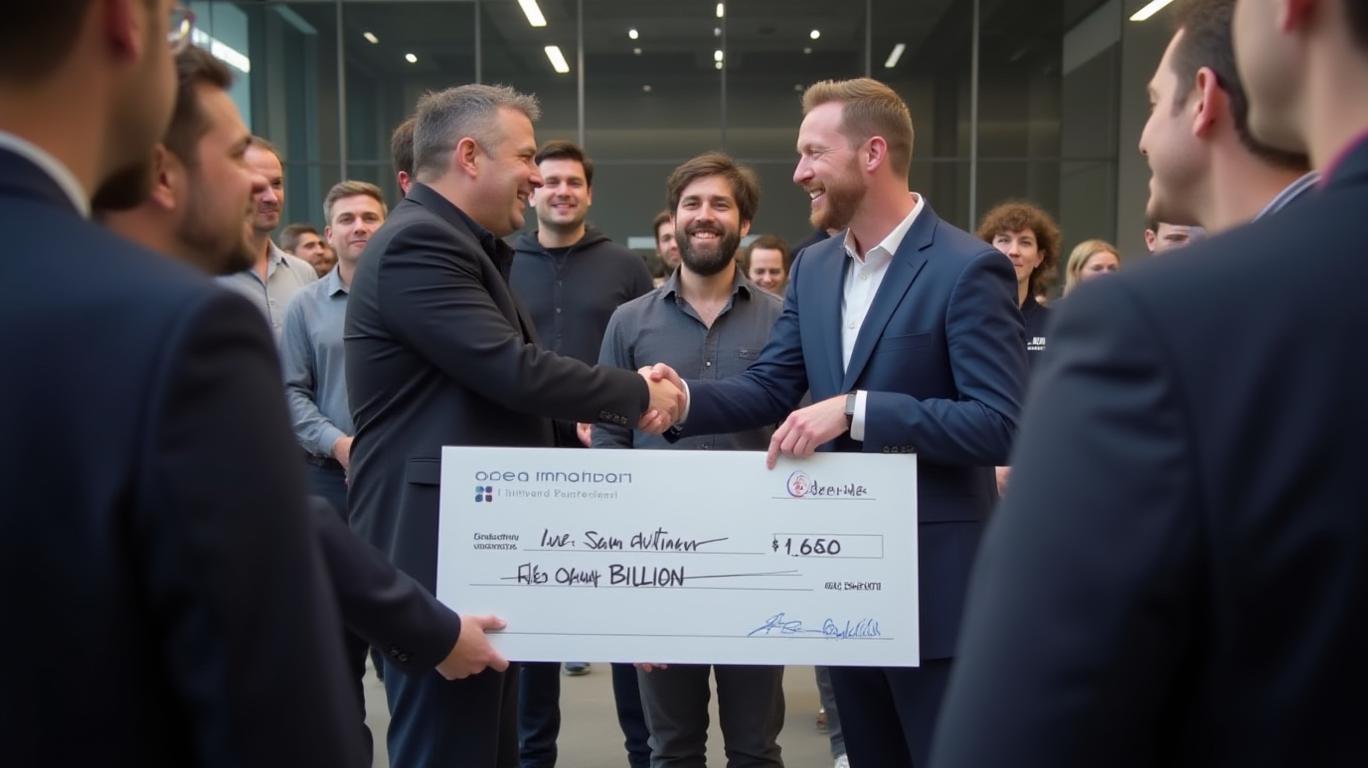OpenAI Acquires Jony Ive’s io for $6.4 Billion Expanding Hardware Capabilities
OpenAI has announced a significant move into the hardware sector with the acquisition of Jony Ive’s artificial intelligence hardware startup
. The deal, valued at approximately $6.4 billion, marks OpenAI’s largest acquisition to date and represents a strategic shift for the company, which is best known for its generative AI models. The acquisition will integrate io directly into OpenAI, bringing its device-focused team in-house and adding industrial design capacity to OpenAI’s portfolio.Jony Ive, the former
design chief credited with designing iconic products such as the iPhone and iPad, will retain independence for his design firm, LoveFrom. However, he will assume design and creative responsibilities across both OpenAI and io. Ive’s expertise in industrial design is expected to play a crucial role in translating OpenAI’s AI capabilities into consumer-oriented form factors.The io startup, founded a year ago by Ive and former Apple colleagues Scott Cannon, Tang Tan, and Evans Hankey, was previously operated as part of LoveFrom. The io team will relocate to San Francisco to work closely with OpenAI’s research and product teams. OpenAI currently owns a 23% stake in io, contributing $1.4 billion to the deal’s valuation. The remaining $5 billion will be transferred in equity.
This acquisition comes on the heels of OpenAI’s recent agreement to acquire Windsurf, an AI coding assistant, for $3 billion. Additionally, OpenAI has invested in Physical Intelligence, a San Francisco-based robotics startup that raised $400 million in 2024 at a valuation of $2.4 billion. That round included participation from
founder Jeff Bezos, indicating OpenAI’s broader intent to pair software with tactile systems.The acquisition of io reinforces OpenAI’s strategy to build out physical interfaces for its models. While specific products were not disclosed, the blog post referenced devices that “inspire, empower, and enable,” emphasizing IO’s mission to translate AI capabilities into consumer-oriented form factors. This move is particularly significant as the competitive field in generative AI continues to widen with entries from companies like Google, Anthropic, and xAI.


Comments
No comments yet